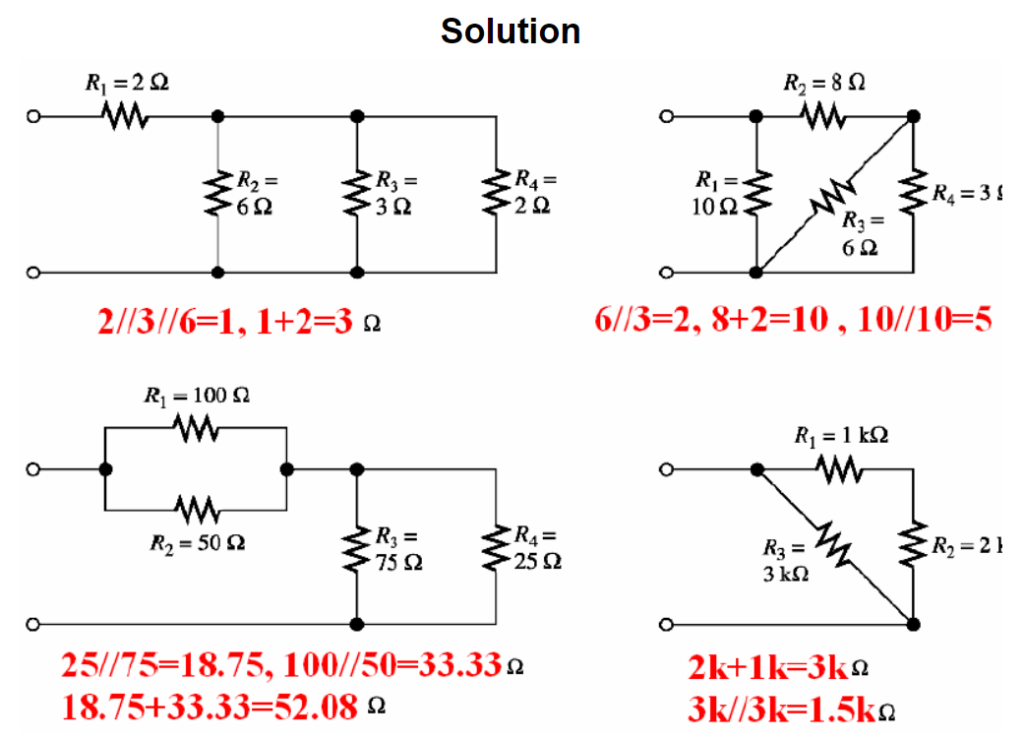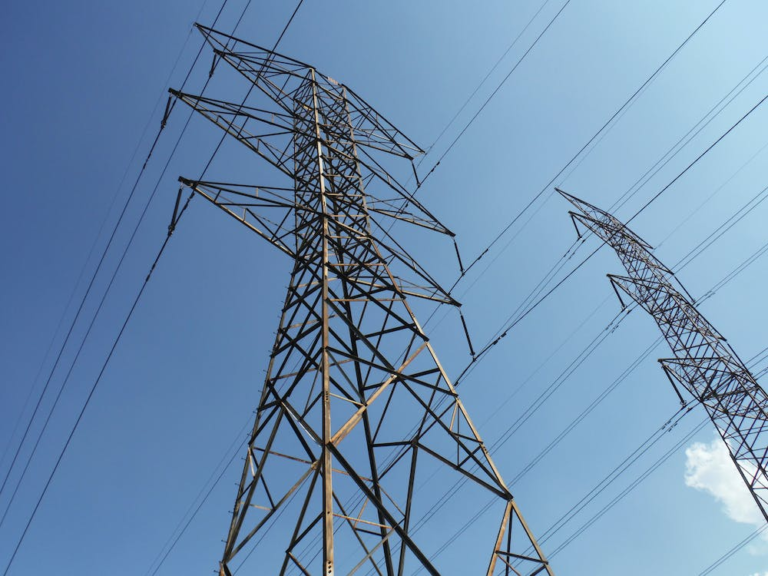Circuitry 102: Series and Parallel Circuits Explored
Today, let’s dive into the fascinating world of circuits and explore the science behind series and parallel circuits. I know it may sound a bit technical, but trust me, it’s not as complicated as it seems.

Introduction
In our everyday lives, circuits are everywhere. From the electrical wiring in our homes to the electronic devices we use, circuits play a crucial role in powering the world around us. But have you ever wondered how they actually work? Well, that’s where series and parallel circuits come into play.
What is a circuit and what is its purpose?
A circuit is a closed loop of wires and components that allows electricity to flow through it. A circuit needs a power source, such as a battery, generator or electrical outlet, to provide the uninterrupted flow of electricity needed to power the loads. The electricity runs through the conductor/wire, to the load, resistors, and switches, then back again to the ground or source of power to complete the circuit.

What is in a series circuit?
Let’s begin by unraveling the mysteries of series circuits. In a series circuit, all the components are connected end-to-end in a single path for the current. The current is the same everywhere in the series circuit, because there is only one way for it to flow. The voltage across the series circuit is equal to the sum of the voltages across each component.

A series circuit can contain any combination of electrical components such as loads, resistors, capacitors, and inductors. However the current flows through each component one after the other. Imagine a water pipe with a series of obstacles along its length. The water must pass through each obstacle before reaching the end. Similarly, in a series circuit, the current encounters each component before completing the circuit.

How does a series circuit affect resistance?
Resistance, opposes the flow of current and are usually use to help components in a circuit. In a series circuit, the total resistance is equal to the sum of the individual resistances of each component. It’s like driving through though traffic where each car you encounter adds to the traffic you face. The more resistors you have in a series circuit, the higher the total resistance, which can limit the flow of current.

On the other hand, voltage is the driving force that pushes the current through the circuit. In a series circuit, the voltage needed by the circuit is equal to the sum of the individual voltage drops. The voltage drop across a resistor in a series circuit is directly proportional to the power rating of the resistor.

Advantages and Applications of Series Circuits
Now that we’ve covered the basics of series and parallel circuits, let’s explore their advantages and real-life applications. Series circuits are often used in situations where you want the same current to flow through all components. For example, have you ever noticed how when one bulb in a series string of Christmas lights burns out, the entire string goes dark? That’s because the same current passes through each bulb, and a broken circuit anywhere causes the entire string to stop working. Series circuits are also commonly found in flashlight bulbs, where a single battery powers the entire circuit.
What is in a parallel circuit?
Now, let’s shift our focus to parallel circuits. Unlike series circuits, parallel circuits offer two or more paths for current to flow through. Imagine a road that splits into different lanes, allowing cars to take separate routes. In a parallel circuit, the current divides and flows through each component simultaneously.

In a parallel circuit, the voltage across each component remains the same. So, if you have multiple components connected in parallel, each component receives the same voltage. The sum of the currents through each path is equal to the total current that flows from the source. It’s like a river branching into several streams, with the sum of each stream equaling to the to the total river.

What is the resistance of a parallel circuit?
Resistance works differently in parallel circuits. In this case, the total resistance is equal to the sum of the inverse of each individual resistances. It’s like having multiple doors in a room, where each door offers a separate path to escape. The more doors you have, the lower the overall resistance, allowing for a higher flow of current.

How do you solve resistors in parallel and series?

Sample problem
Find the equivalent resistances for each of the circuits below:

Solution

Advantages and Applications of Parallel Circuits
On the other hand, parallel circuits offer some unique advantages. They allow for current division, meaning that the total current is divided among the branches of the circuit. This is beneficial in situations where you want to power multiple devices independently. For instance, think of the outlets in your home. Each outlet provides a separate path for electricity, allowing you to plug in multiple devices without affecting the others.
Parallel circuits are also more reliable. If one component fails or is disconnected, the other components can continue to operate. It’s like having a backup plan when one road is closed, allowing traffic to flow smoothly through alternate routes. This redundancy is why parallel circuits are used extensively in electrical wiring, ensuring that if one device fails, it doesn’t disrupt the functioning of others.
Conclusion
So, there you have it, friends! We’ve explored the science behind series and parallel circuits, understanding their differences and how they work. Circuits are the backbone of modern technology, and having a basic grasp of how they function can help us better comprehend the world around us.
Next time you switch on a light or charge your phone, take a moment to appreciate the complex network of circuits that make it all possible. Remember, series circuits offer uniform current flow, while parallel circuits provide independent paths. They each have their advantages and applications, shaping the way we use electricity in our daily lives.






